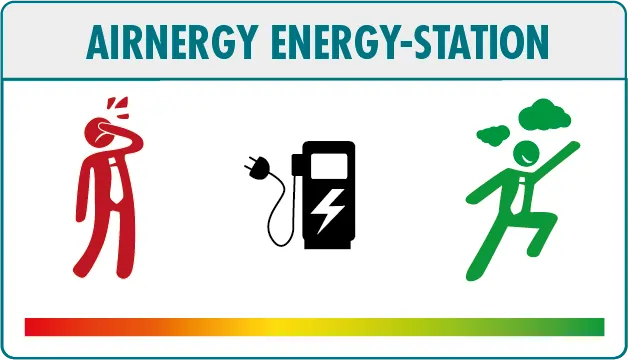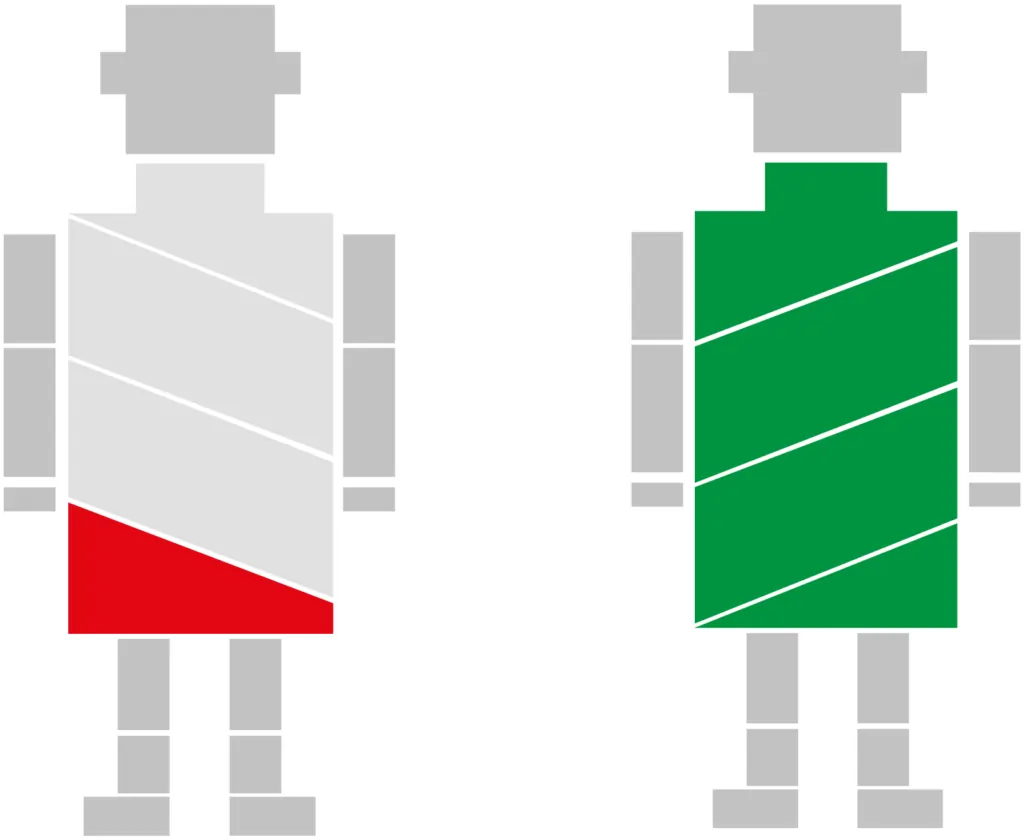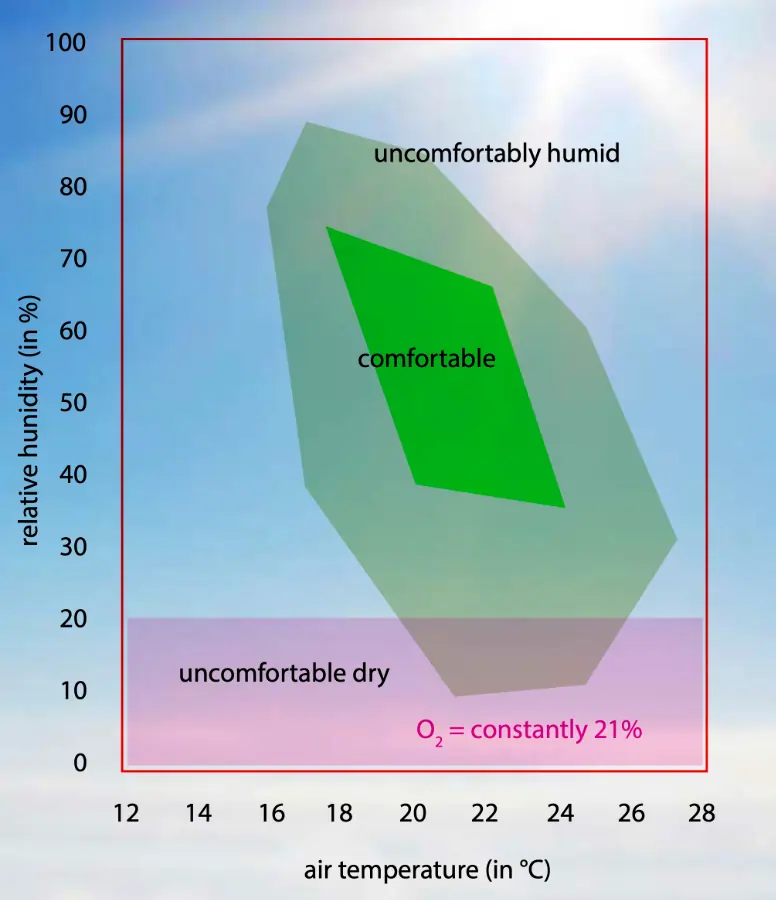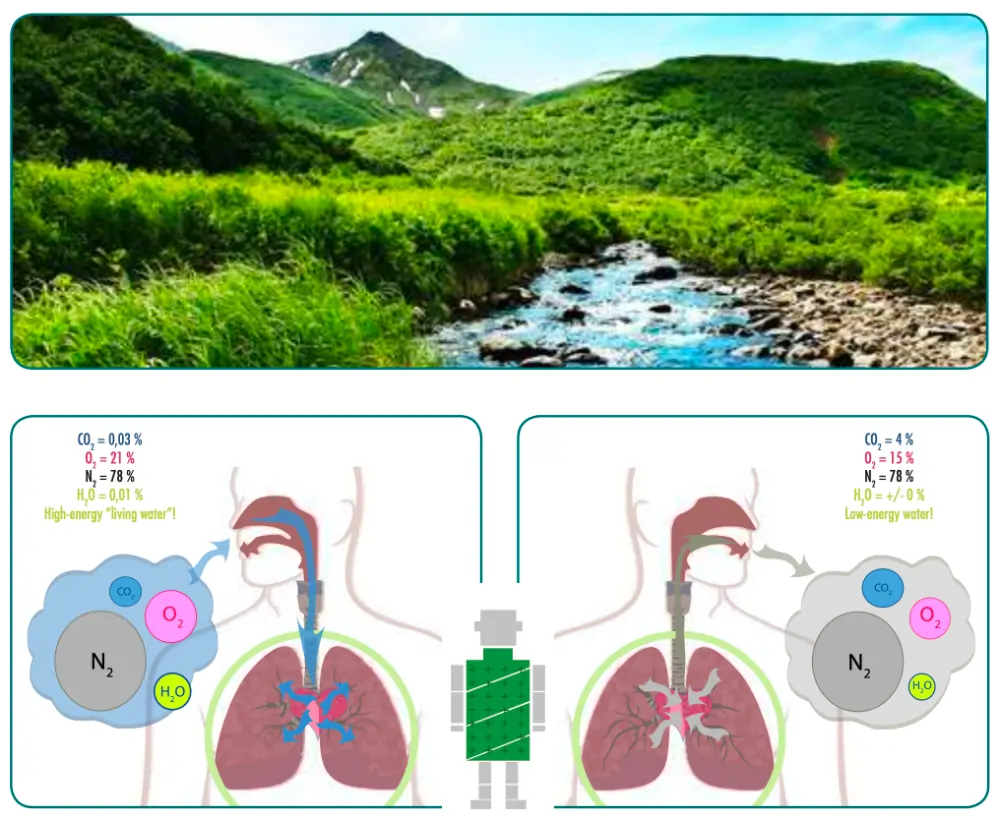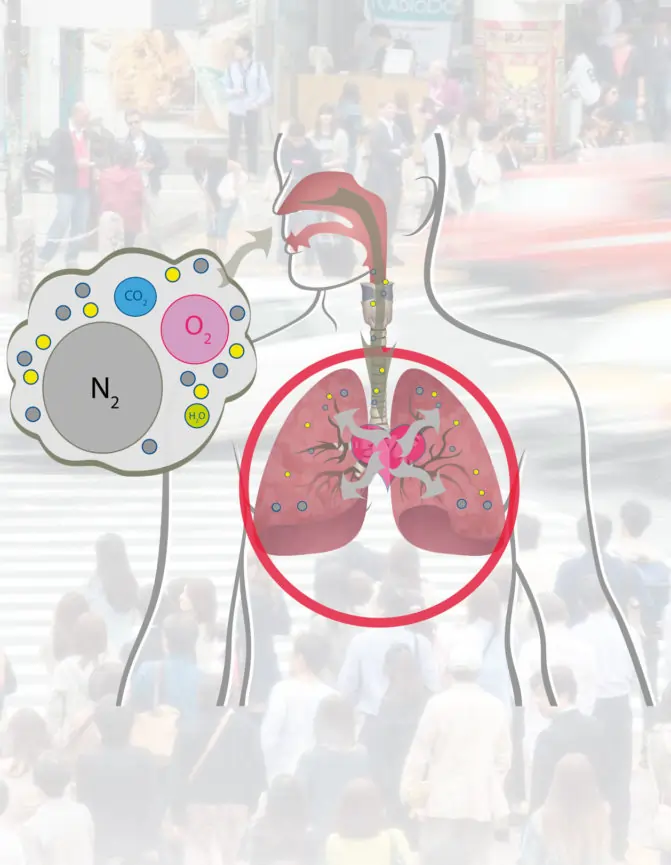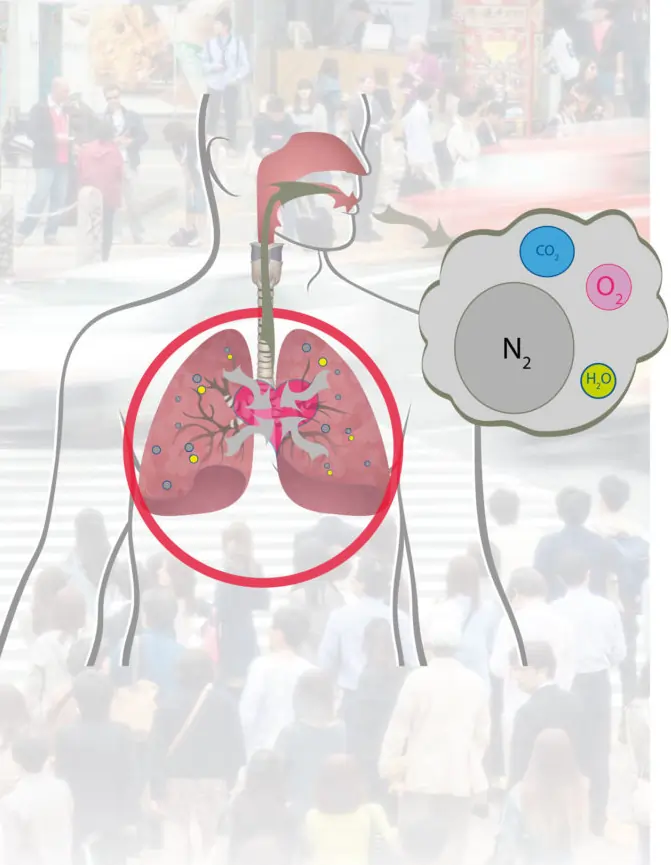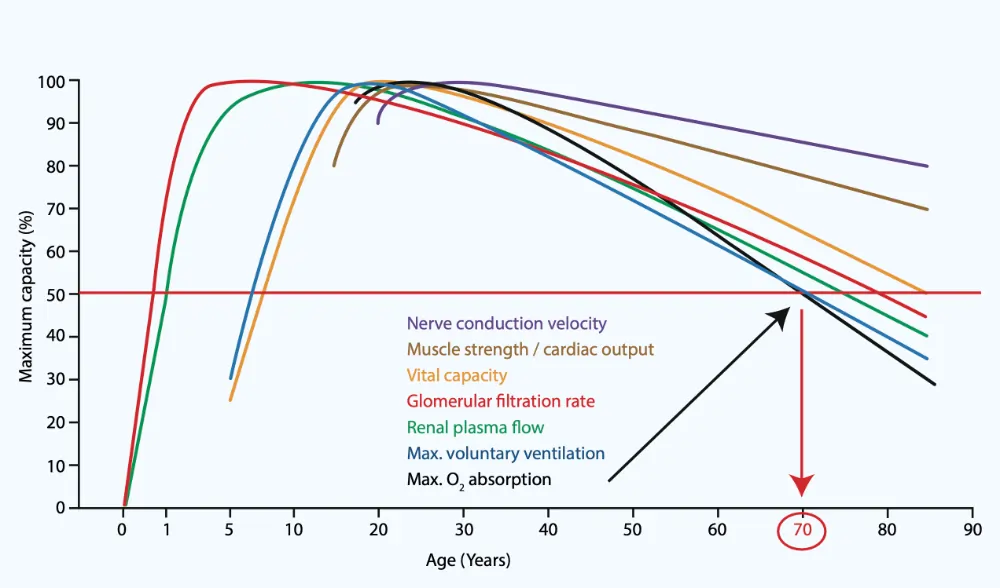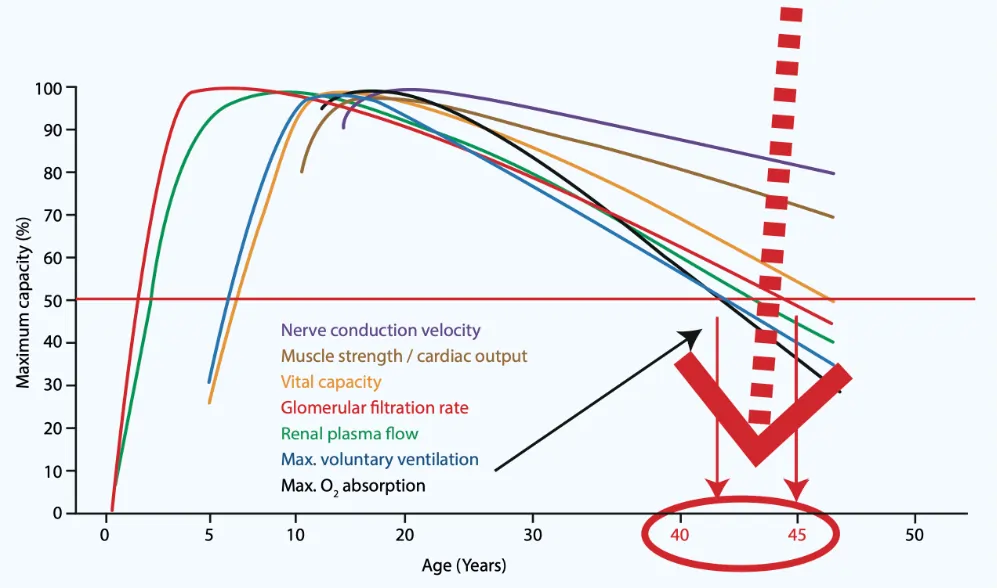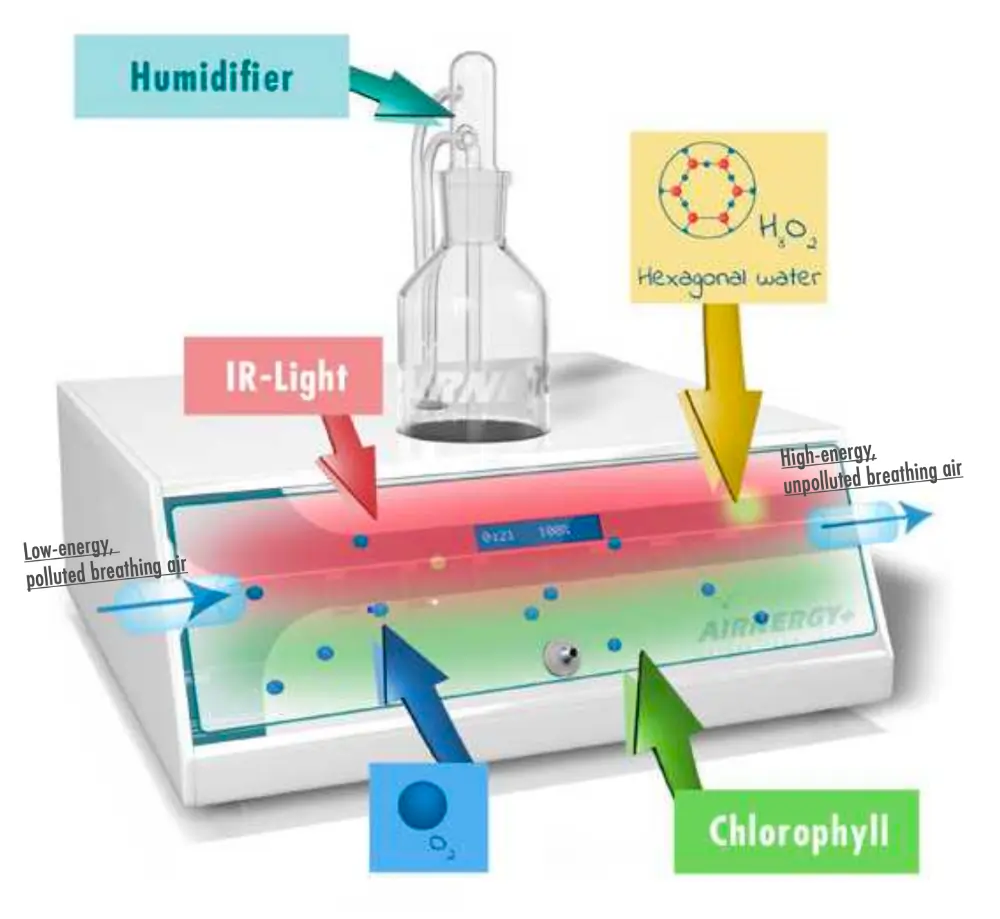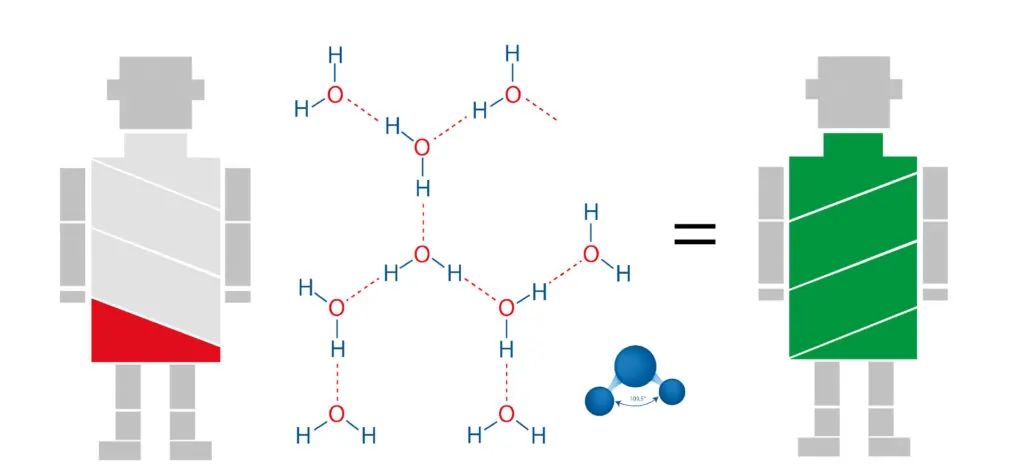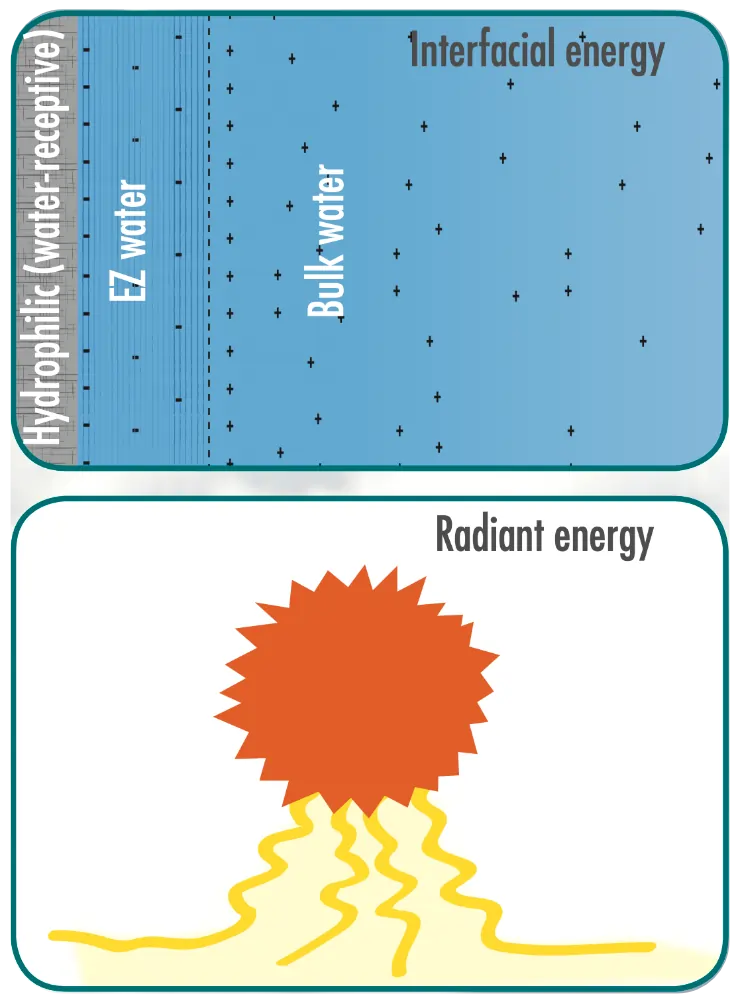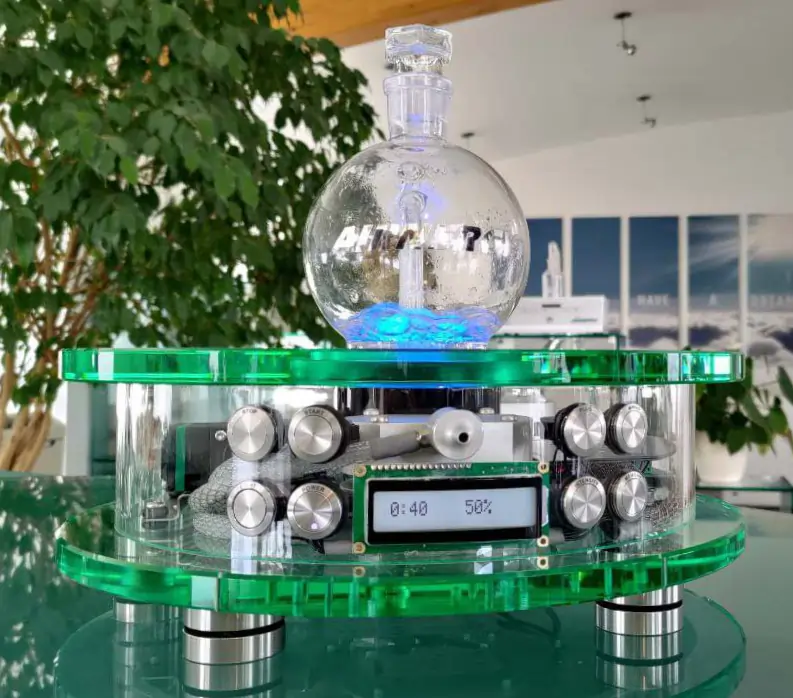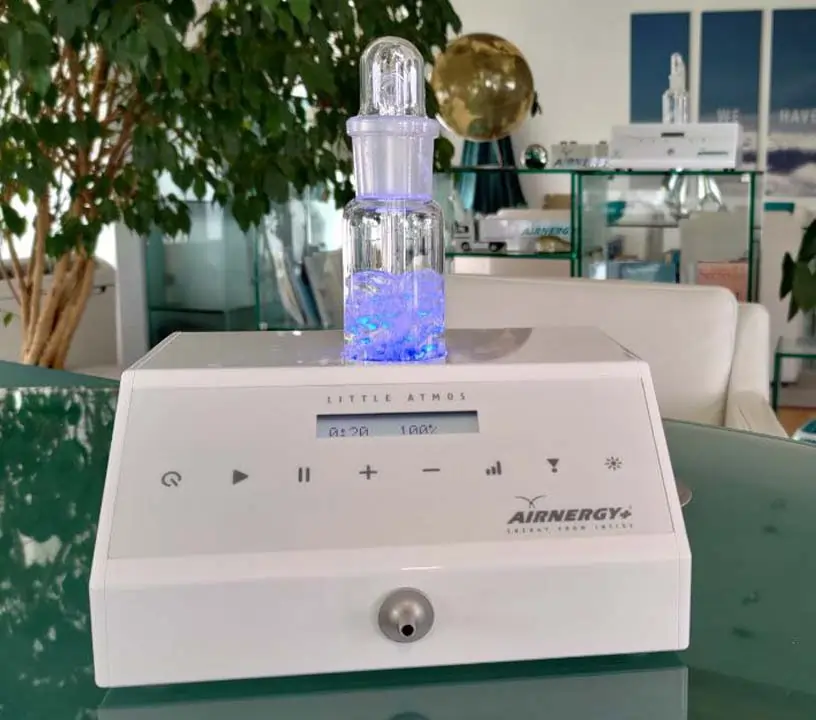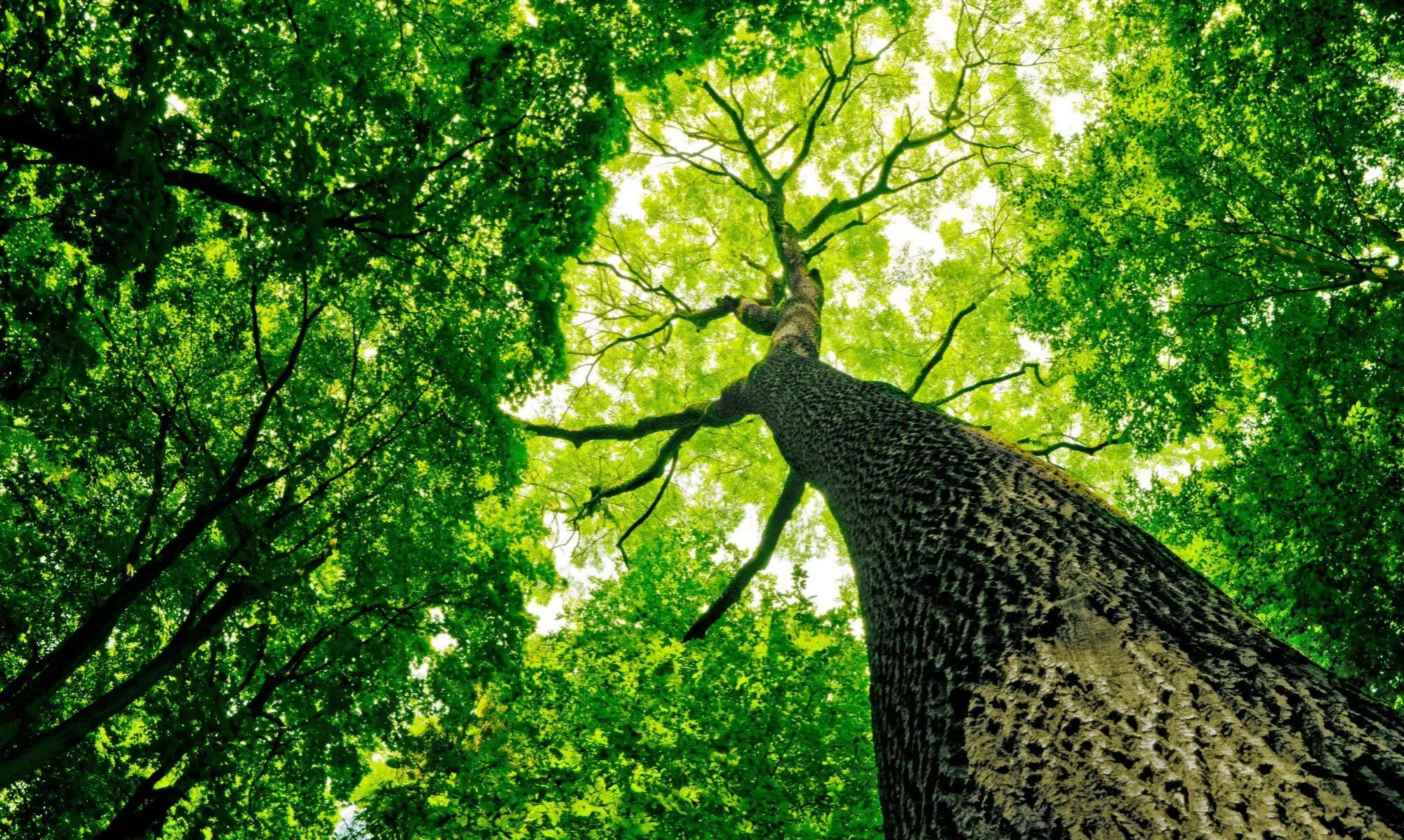
Little Atmos
The energy of clean forest air: stock up on health and well-being
“In our polluted environment the air is becoming slowly visible.”
Norman Mailer
THE WORLD’S SMALLEST CLIMATIC HEALTH RESORT
FROM THE PHYSICS PERSPECTIVE
Find out more about the energy of healthy breathing air with the free guide “Little Atmos”. Health and well-being at the touch of a button!
Enter your e-mail address here if you would like to download the Little Atmos digital guide:
Airnergy Energy-Station
The Airnergy energy station is like a true wonder of technology and health system. Innovative German developers, researchers, doctors and scientists have succeeded in copying healthy nature in its purest form in the smallest of spaces. The Airnergy Energy Station (the Vitalizer) is the right solution for anyone suffering from the growing burden of global air pollution. The system is a practical solution for all people who are directly affected by the growing burden of global air pollution, are exposed to high and increasing stress levels or suffer from chronic illnesses.
The Airnergy Energy Station (Vitalizer) is the right solution for anyone suffering from the growing burden of global air pollution.
The system is a practical solution for all people who are directly affected by the growing burden of global air pollution, are exposed to high and increasing stress levels or suffer from chronic illnesses.
For healthy people, it is the basic system for stopping or preventing environmentally induced premature ageing processes.
AIRNERGY is a method of basic energy supply that has been confirmed by a wide range of therapeutic experts and has been tried and tested millions of times over for two decades. It is used in over 70 countries worldwide and is particularly popular in Asian countries. The application of the system – AIRNERGY -, published and known medically and scientifically as “spirovital therapy”, is causing a stir in specialist circles and, according to the experts, is fundamentally revolutionizing the field of regulatory medicine.
In order for spirovitalization to develop its full and noticeable effect, it should be used at least twice a week for 20 minutes (per application) over a period of 12 weeks.
The human energy system
Illness or disease, whether organic or functional, is the result of energetic disturbances. Such disturbances, e.g. those of the energy metabolism, are caused by most different factors, as for example the decreased energy processing (intracellular) in the entire organism, with bad nutrition, lack of exercise or stress and with increasing age.
From the point of view of physics, the human being consists of 80 to 120 trillion cells (batteries), which incessantly consume energy and thus also have to refuel energy again. Every second of our lives, about 250 million of them break down and almost as many are renewed in the same period. These are for the human consciousness hardly comprehensible processes, which take place in us humans incessantly, about which we must worry under normal conditions, with absence of illnesses, almost no thoughts. However, if we are sensitive to ourselves and listen to our body signals, we can sense as soon as something is no longer functioning properly. Without energy, i.e. fuel, no car drives, no computer, no cell phone or even the light works. In order to prevent and recognize this, warning systems have been invented and developed for all kinds of technology or devices (energy consumption counters). If the available energy drops below 30% in the respective systems, for example, a warning lamp lights up at an early stage or a clear warning tone sounds.
The problem with our energy system is: we often can neither see nor feel when energy is too low in our cells. Mostly we only notice a symptom or deterioration when our body energy is already depleted by about 70% and the charging energy is no longer sufficient and sufficient for the difference compensation. In addition, there is often another problem: our batteries (organic cells) have almost exclusively a limited life span and should be protected by us on our own responsibility and therefore treated with care in order to stay healthy and to maintain their full functionality for as long as possible. When the battery in our car, cell phone or computer breaks down, we usually buy these energy storage devices new and simply replace the source.
In nature, our system works in a comparable way – up to 250 million cells (micro-batteries) die, every second of our life – are degraded by the body’s own processes, exchanged and replaced by new cells. The new formation of cells is based on as well as functioning of the old, previous cells (batteries).
And this is precisely the crux and the challenge for a long, healthy life.
Once the genes are damaged or already defective in the sense of new cell formation, they can consequently also only produce defective or energetically reduced batteries (cells). This is how medical science still thought a few years ago and pretended that the genes we inherit from our ancestors dominantly determine our life. Today, however, we know that not only the genes of the ancestors alone determine our life and quality of life, but to more than 90% especially the environment and atmosphere in which we live and breathe every second of our lives. These essential factors significantly influence the quality of the genes and thus the regeneration or new formation of our batteries (cells). And this from the first to the last breath…
The air we breathe
The different teachings of medicine, no matter whether they are orthodox, complementary, alternative or naturopathic, describe in unison that oxygen is the decisive factor for human metabolism. All our body processes and energy production were based on the source of oxygen (O2). It is important to know that the air we breathe consists of constant components and other components than just oxygen, i.e. O2 (see table). This means that no matter where we live on Earth, the composition of air is almost the same everywhere. But is air generally the same as air? However, we do not merely live on air: We live in an atmosphere. This atmosphere has one constant, air, and at least one variable, water content.
We know this at the latest since 12.04.1961, when the much contested race for the so-called manned conquest of the cosmos, the moon, between the two strongest opposing powers on earth, the then USSR and the USA, flared up. The biggest and most closely guarded secret of the USSR was the secret of space medicine. Thus, Russian atmospheric scientists managed (!) to keep their cosmonauts healthy and fully functional on their space stations for days in the beginning, weeks and later for months and up to 1 ½ years. While all manned space flights of the Americans were in principle always limited to 14 days. The success lay in the composition of the breathing atmosphere, as we know today.
The great secret of the Russians was the composition of the atmosphere on their space stations; it corresponded exactly to the ideal atmosphere of the Earth:
21 % (O2), 78 % (N2), 1 % (Ar), 0,04 % (CO2) at 50% = relative humidity,
at 1,000 mbar pressure, and 20°C already since 1964.
Oxygen – O2
The great and fatal error of modern scientific orthodox medicine?
Of course, mostly every child knows: Without oxygen no life, hardly a normal person manages to hold his breath for only 5 minutes, then he has to breathe again or cell death begins and he dies.
Life begins with the first breath and always ends with the last breath.
BUT:
The air we breathe consists of about 21 percent oxygen (78% nitrogen – 1% noble gases (see table). Carbon dioxide (CO2) is produced during exhalation and is a waste product of metabolism and must therefore also be disposed of. The importance, as well as function of disposal (exhalation) is as important as the function of oxygen supply (inhalation). As the adjacent graphic here makes clear, the atmospheric, i.e. natural, oxygen content in the composition of the air we breathe is almost constant (!) under all normal living conditions. But what we immediately recognize from the graph are two variable quantities that have an obviously great influence on our life and our health:
Relative humidity and temperature as a function of atmospheric pressure. This gives us three important variable parameters that are decisive for determining the ideal habitat for humans on Earth – generally referred to as the Habitable Zone. The graphic on the right clearly illustrates the relationship.
Up to now, the prevailing science and medicine have apparently neglected the existential weighting of water in the atmosphere for the preservation and formation of cellular life due to its small share (approx. 0.01%) and have never taken it into account – just like the temperature.
(Spiro)Vitalization with Airnergy restores the order of nature and optimizes the interaction between light, air and water. Looking over Airnergy’s shoulder has taught explorers and researchers how to technologically recreate a crucial process of photosynthesis and how to make the model with the healthy energy of fresh forest air accessible to people almost anywhere in the world.
Water is the driving force of nature
If that is the case (and there is no doubt about that nowadays), when looking at all vital processes, including the process of cellular respiration, we should ask ourselves: Where is the water and, most importantly, what is it doing there?
1
We look up in the air, and what do we see?
No water, of course. But neither can we see the oxygen, nitrogen, particulate matter, or whatever else is there.
2
What do we do now?
An experiment is called for: Suppose we create a room with a filter that extracts all water from the air in the experimental space, and then we place a person in there and monitor them (i.e., at a relative humidity equal to 0 % and temperature equal to 20° C).
3
What will we notice?
After only a few days our subject will find breathing laborious, even though there are still 21 % of oxygen in the air. What happens if we increase the oxygen content? Nothing. The respiratory distress of our test subject continues to worsen.
We discontinue the experiment.
4
What will we notice?
Dysfunction of the lungs due to lack of water, and vital capacity continuously decreasing.

Water science
No element on earth has puzzled man and science more than water, and even today we still don’t know everything there is to know about water. It should be quite simple, because water consists of no more than 3 atoms (2x hydrogen and 1x oxygen). But this only represents one aspect, as two gases suddenly combine together to become liquid (water), solid ice, steam and much more, always respective temperature and pressure.
Water defies all universal laws of physics on earth and does not fit into the scheme of previous assumptions.
Naturally, this also paves the way for speculations such as “metaphysics” and “pseudosciences”. In science, a thesis or theory may be formulated and is considered justified until it is confirmed or disproved by experiments. This is the difference to any belief; in fact, there is no need for an experiment.
After all, where would we be today if people had not hypothesised time after time – we would still be living in the Stone Age.
Today’s scientists work with variables and matters that 99.9999 % of mankind have never seen and will never be able to see, because nature has not prepared us or our five senses to do so. Nature has, however, equipped us with a brain, our intellectual faculties – which, by the way, consists of 90 % water.
Now let’s delve into the water (H2O). Why does a lack of water in the atmosphere we inhabit paralyse the most important function of our lives, our breathing?
In order to understand this, we must move into the realm of big numbers on a small scale: Everybody knows that a visible drop of water is about 3 to 4 mm in diameter. But what we cannot see is the number of water molecules in this drop, actually it’s 1.3×10^21 or 1.3 trillion water molecules!
On average, humans inhale about 15,000 litres of atmo- sphere (air) in one day. 3,150 litres of which are oxygen and 0.150 litres are water (at a relative humidity of 60 % and a temperature of 20°C). That corresponds to 0.01 % water content. Generally a variable that can be easily neglected. Generally, but not scientifically. All variables, no matter how small or large, play an important role. Except for the number “zero”. Zero only exists in mathematics and even there is a very vague concept. So, what does
a water content of 0.01 % in the air entail? Well, it contains a total of: 1,300,000,000,000,000,000 water molecules (= 1^21) – or in words: one trillion. Wow!
Amazing, what a tremendous number; and that, with every single breath we take! Do we still think this is negligible???

So, what is water?
Without water, there is no life. That is a given – at least that is what most people think.
Well, what makes water so intriguing? Simply put, it can – and only water can do that – bring dead matter to life. Our next question must be: What is life?
The following characteristics of water are relevant for the origin of life:
Water is liquid in a temperature range in which organic molecules are stable.
Water is particularly suitable as a polar medium for chemical reactions because it allows for homogeneous mixing, can provide protons for catalysis, and has a high thermal capacity absorbing excess exothermic heat.
Water in the atmosphere of the air we breathe works as a catalyst to optimise the gas exchange in our lungs, and is prerequisite!
The anomaly of water prevents bodies of water from freezing from the bottom up and provides a uniform temperature range of 4°C down to the deepest oceans.
Water in which substances are dissolved, such as seawater, forms areas of different concentrations of substance that are surrounded by ice membranes. According to the controversial sea ice hypothesis of physicist Hauke Trinks, that is how not only biomolecules, but also life arose on Earth.*

Water is so much more than just H2O.
We know that water is the only element on earth that, under normal conditions, can be found in all physical states.
Gaseous (as water vapour, e.g. in air), Liquid (99.5 % on earth), Solid (as ice and snow).
Water is:
- a solvent and means of transportation
- the best energy storage system
- an information carrier
and it is dipolar!
Water is the most valuable and most important resource on earth.
Water molecules combine to form so-called clusters. The smaller the clusters, the more reactive they are. In many years of research into the structures of water in the human body and its cells, especially in Japan, South Korea and the USA, revealed that there must be a special form of water directly around the cell membrane, consisting of only 6 water molecules (6 H2O), which are stable.
Fig. 1: This is what normal clusters look like; and that is hexagonal water, the fourth physical state of water: crystalline. Actually, it is no longer H2O, but H3O2.
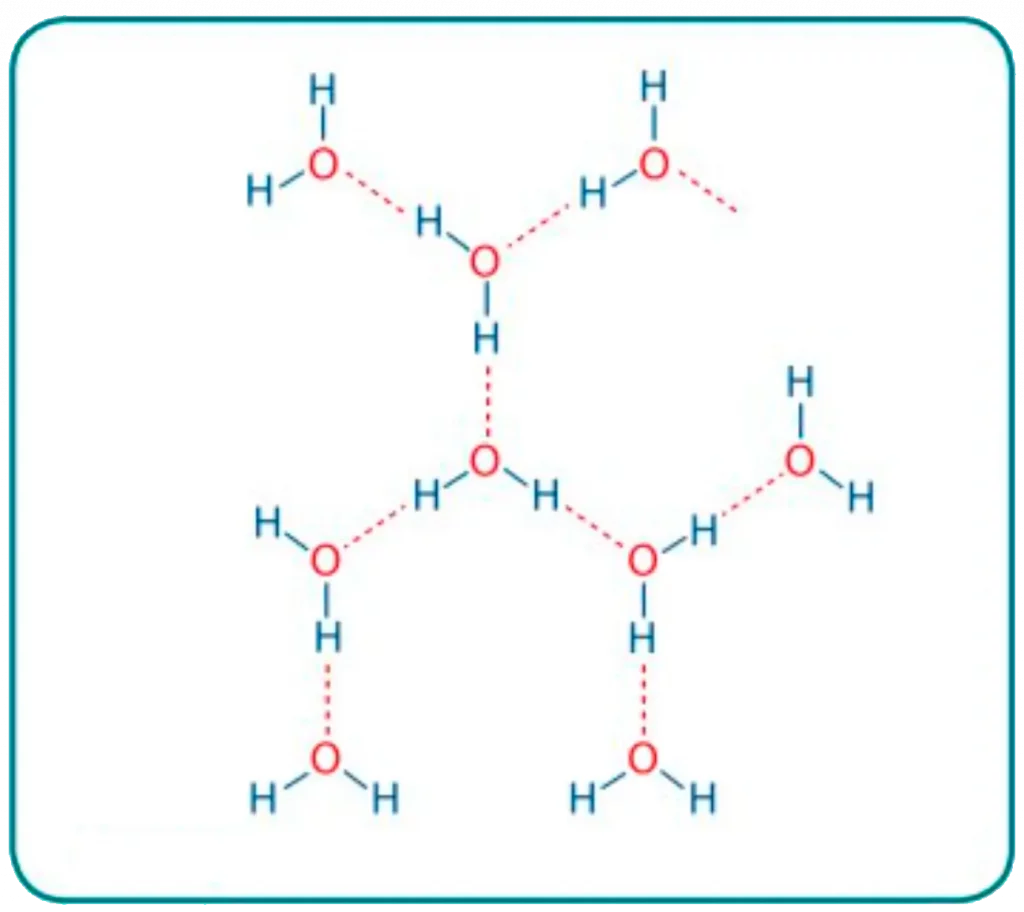
Our Air
The ambient atmosphere in cities and industrial areas, but also in other regions in most countries worldwide, is heavily contaminated with waste of the globally still increasing large-scale production for “prosperity“ and “progress” of humanity. This has escalated to the extent that the elementary present water in the atmosphere loses its energetic function: by binding to the fine dust and toxins in the air. In addition, naturally occurring humidity is effected negatively, because of the extensive industrial destruction of man’s natural environment. As a consequence,
- the mucous membranes of the nose dry out and slowly lose their natural filtering function; hence fine dust, pollen, viruses and bacteria can penetrate our body.
- As a result, the bronchi are affected and can no longer fulfil their barrier function: they begin to clog and humans can no longer cough up the fine dust.
- As a consequence and due to the “lack of water” in the air we breathe and the fine dust invading our lungs, the alveoli, whose natural purpose is the gas exchange, lose their prerequisite membrane function and gradually stop functioning altogether.
- Finally, gas exchange in the lungs decreases, the blood does not carry enough oxygen and, on the ot- her hand, can no longer sufficiently dispose of the CO2.
This is the root cause of all kinds of illnesses in this day and age!
Increasing Air Pollution
Reduced lung function as a result of increasing pollution of the ambient atmosphere in which we live today, causes a significant shift in the onset of the natural ageing process from previously 70 to 80 years of age to 40 to 50 years in the present!
This is documented and can be proven by means of globally available statistics spanning the last century.*
Cellular ageing and the resulting organic changes increase the likelihood of dying of an age-related disease or of an atypical disease at a young age. Typical geriatric disorders are many cancers, cardiovascular and cerebrovascular diseases, bronchitis, diabetes mellitus type II, osteoporosis and osteoarthritis. Age-related diseases are one of the main reasons why the maximum human lifespan is only very rarely reached.** [95]
In general terms, medicine defines the human life cycle as an age-dependent vitality function, dependant upon eight important parameters which can be measured using conventional medical methods.
If the vital capacity drops below 50 %, vitality is no longer sufficient to maintain essential functions for a healthy life, resulting in typical age-related diseases.
Our Lung Function
In internal medicine, the main problem is the decline in vital capacity of the lung function. As a result, the maximum oxygen uptake capacity of the blood under natural conditions is the first to suffer (ref. chart left – black curve), together with a decrease in tidal volume (ref. blue curve). Because of this our quality of life is reduced and we lose our vitality.
Also related to this is a poor blood flow in the brain and the liver as well as a lower cardiac output. The most important neurological change resulting from this is a diminished memory function and a reduction in hormonal control and organ function.
Due to the unnatural conditions (increasing environmental pollution and contamination of the atmosphere) with which we are confronted these days, there is a clear shift towards premature ageing! This means that people aged 30 to 45 years today, experience countless disease-related symptoms which, more than 100 years ago, were only seen (in such proliferation) in people well over the age 60 years.
The root cause is not the lack of oxygen in the atmosphere, but dysfunctional oxygen transport via the lungs into the blood. And the primarily responsible (quantitatively and qualitatively) for this is water in the atmosphere in which we live: the indispensable catalyst in the alveoli.
Alveoli, bronchioles and membranes
The primary function of breathing is gas exchange
However, before the breathing air reaches the alveoli, it must pass through a long cleaning filtration line: the bronchial tubes.
The ciliated epithelium, or respiratory epithelium, is a layer of specialised epithelial cells that lines most of the respiratory tract. It is characterised by kinocilia (or cilia) on the lumen-side of the cell surface. However, the respiratory epithelium is not required for the gas exchange, but for cleansing the respiratory tract. Its function is significantly affected (just like a lawn) by the water content of the respiratory air as well as the sympathetic nervous system. Stress, for example, diminishes and interferes with its ability to function, as do increased dust exposure and toxic impacts (e.g., smog, cigarette smoke, dry air and cold temperatures).
Gas exchange ultimately takes place in the alveoli in the lungs; alveoli are only 0.2 mm in size and have a wafer-thin membrane that separates the air chamber from the tiny blood vessels surrounding it (ref. illustration). In total, there are around 600 million of them in the lungs equaling a total area of around 100 to 120 m² – a gigantic surface for the 0.25 to 0.5 litres of air we inhale with every breath we take.
So, the functionality of our lungs and our wellbeing is not solely reliant upon oxygen, but also upon the water in the air that we breathe and its energetic quality.
Our Water
Under normal circumstances, water is usually energised naturally by two processes before it is released into the atmosphere.
Firstly, by turbulences in streams and rivers; and secondly, by natural thermal radiation of the sun (infrared radiation) in connection with chlorophyll, the green pigment of the leaves of trees and other plants in nature.
These processes have only recently been studied and researched to a greater extent by various scientists.
As a result, the American scientist Professor Gerald H. Pollack succeeded in proving the existence of a special form of water molecules under natural conditions, which play a dominant role as energy sources in all known biological processes. H2O becomes H3O2+ – which means: the protons plus one excess proton are the driving force behind catalysis (i.e., gas exchange in the lungs), whereby an electron is “trapped” in the center.
Following the principle of “understanding and copying nature”, Airnergy researchers and engineers have succeeded in developing a device that replicates those naturally occurring processes and transforms the low-energy and polluted ambient atmosphere in which most of us live today, into clean, high-energy breathing air. This patented technology is, and has been for many years, in practical use worldwide. Within the device, the IR light and a specific colour coating briefly activate the oxygen, thus transferring its energy to the water and thereby restructuring it.
Hexagonal Water
Chapter 4 of his book published in 2013, title: The Fourth Phase of Water, Beyond Solid, Liquid, and Vapor (ISBN 978-0-9626895-4-3).
Author: Professor Gerald H. Pollack from the University of Washington describes the 4th physical state of water. Although many scientists have long attempted to explain, by observation, the particular behaviour of water and its characteristic function and role in biological processes, it was Professor Pollack who, after more than 20 years of research, was able to unravel one of the last mysteries of water. His work was supported, and gained international recognition, especially by the research of the well-known Russian chemist and water scientist Professor Boris W. Derjagin.
Professor Pollack has been awarded for his groundbreaking achievements with the Distinguished Award (2013) and the Excellence Award (2014). The adjacent illustration from his book graphically explains why water can transport (potential) energy, acting like a battery, and then release this stored energy into (kinetic) energy to stimulate mental and physical performance.
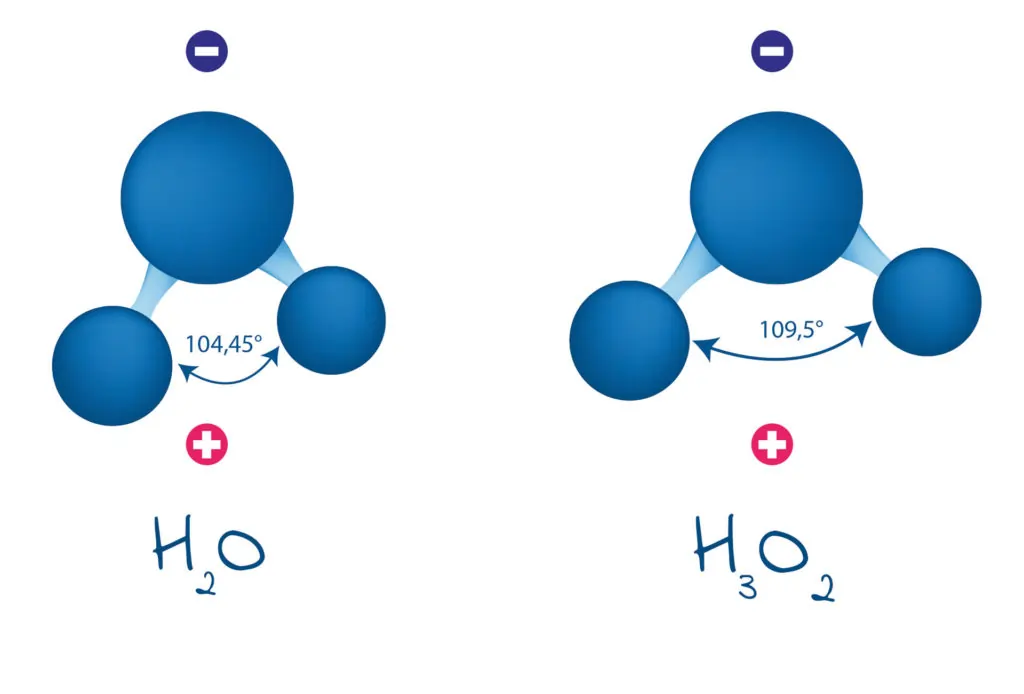
With Einstein‘s famous equation
(E = m x c2) in mind, Professor Gerald H. Pollack correctly formulates:.
E = 3xH+2xO+e- – resulting in H3O2 instead of H2O, which is hexagonal water, the water of life!
This makes all the difference:
Normal water molecules have an electromagnetic effect (dipole) but cannot carry any charges; by contrast, hexagonal water no longer has a dipole, however, it can store and transport charges (energy)!
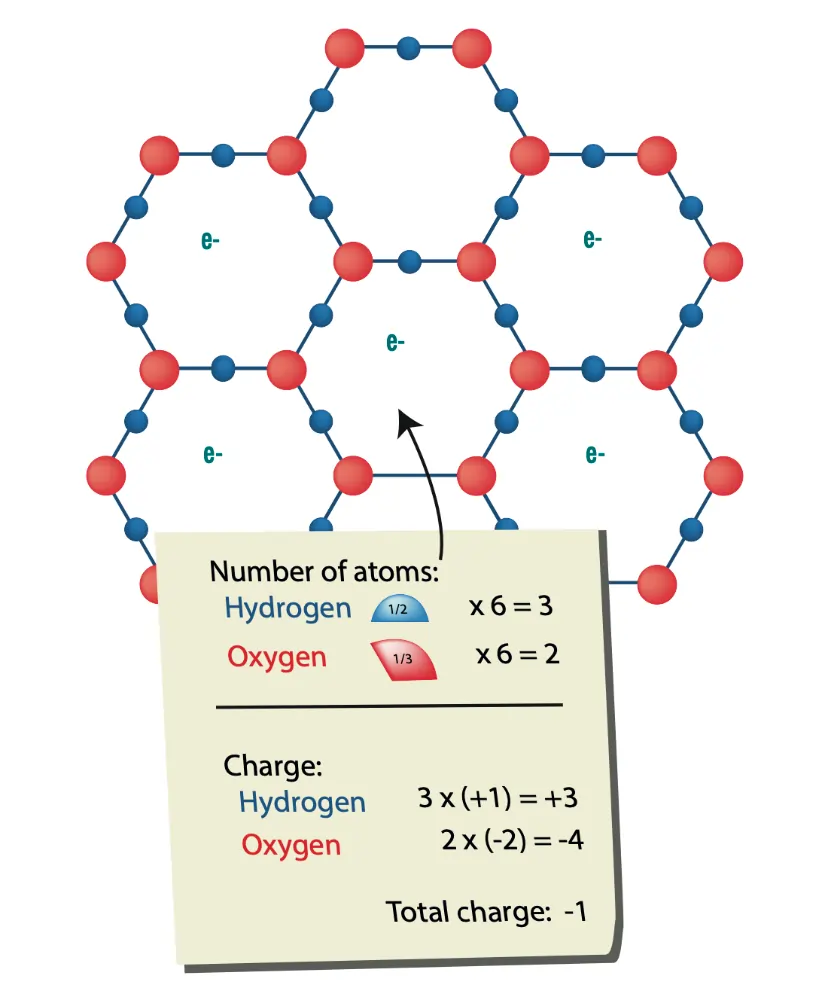
“Water is more than just H2O”
With his scientific work, “Water is more than just H2O“, Professor Pollack proves that water is the primary energy storage medium and energy carrier substance and thus – like a battery – the engine of life.
In a natural and intact environment, those batteries (water molecules) are repeatedly charged with solar energy and made available to every living organism.
Today, due to the polluted natural atmosphere, which is increasing from year to year and in which over 60% of the world‘s population live, the natural process of recharging the water in the atmosphere is significantly disturbed and negatively impacted.
The reasons are:
The energy normally contained in water molecules is reduced, before it can reach and be made available to us, by all the particles and toxins that are unnaturally present and polluting our atmosphere.
The IR radiation of natural sunlight is no longer reaching people or water molecules in the atmosphere at a sufficient level (also known as the greenhouse effect).
The solution: the Airnergy Energy Station, the world‘s first system to (significantly) restore high-energy breathing air from the polluted atmosphere of our environment.
What is EZ water?
The team around Gerald Pollack discovered a “fourth” physical state of water: In addition to the solid, liquid and gaseous states, the researchers were able to identify a state in which the molecules of liquid water arrange themselves in a hexagonal “crystal lattice”.
This state is called “EZ water” (exclusion-zone water) and features some amazing properties, such as a change in electrical resistance, a higher, almost gelatinous viscosity, a strong absorption of infrared light, an altered pH value and a distinct negative charge.
The Operating Principle
The operating principle of Airnergy is derived from nature. Electrically charged water molecules in the air, dissolved with the help of oxygen, known as EZ water, provide our body with more than 2,000 times the energy that is contained in the compact, liquid form and are thus considerably more biologically active. Therein lies the secret of the health-promoting properties of forest air. No, we don’t drink that either, but unfortunately places in nature where you can breathe healthy forest air are becoming fewer and far between. The positive effects on our body last for three to five days and protect us from all negative environmental influences because our immune system, now electrically charged, can engage more actively.
Thanks to Airnergy, this natural energy can now be made available everywhere!
Watch “The Little Atmos” Video Documentary on YouTube
The Airnergy Vitalizers
Airnergy – Avant Garde
When the eye breathes with you:
The AvantGarde energy station is an elegant eye-catcher: a small work of art full of aesthetics, in a shapely design that visually enriches a spa, gym or wellness center.
Because whether transparent, with a view of the filigree technology, in timeless white, noble platinum mother-of-pearl, granite or with root wood veneer – almost any material can be used as a housing material at the customer’s request and processed for the “fountain of youth” of choice.
Airnergy – Little Atmos
The power dwarf – for getting started
The AIRNERGY Little Atmos breathing device is our latest development and impresses with its compact design, its low weight and a comprehensive revision of the internal design architecture. As already usual with the models of the exclusive “AvantGarde” series, the Little Atmos was also designed according to the “Golden Section”.
It is particularly suitable for demanding private and commercial use. As with the other vitalizers, a large number of customer feedbacks show that it is used especially in the use of COPD, asthma & bronchitis, lung diseases, macular degeneration, MS – multiple sclerosis but also as a general health care.
THE WORLD’S SMALLEST CLIMATIC HEALTH RESORT
FROM THE PHYSICS PERSPECTIVE
Find out more about the energy of healthy breathing air with the free guide “Little Atmos”. Health and well-being at the touch of a button!
Enter your e-mail address here if you would like to download the Little Atmos digital guide:
